Physicians' Gallery Newsletter
Updates on upcoming events, exhibitions and online stories
Empowering medical excellence, shaping healthcare futures.
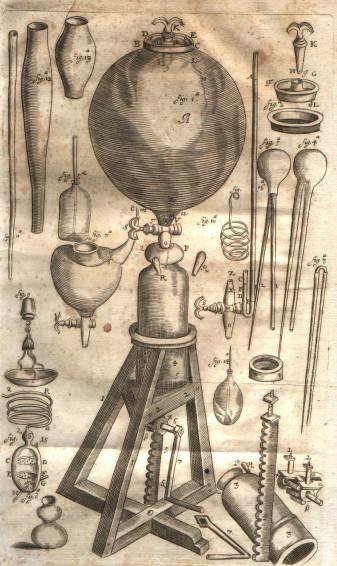
Physicist, physiologist, chemist, and philosopher, Boyle was one of the greatest scientists of the seventeenth century. In the first edition (1660) of his New Experiments Boyle had described his experiments proving that air has weight and elasticity and is necessary for life and flame. The second edition contains the first statement of "Boyle's Law" – the inverse quantitative relationship between the volume and pressure of a gas. The illustration shows Boyle’s ‘pneumatic engine’ constructed for him by Robert Hooke.
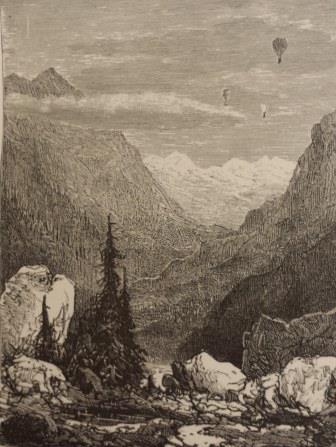
Jourdanet’s observational work in remote areas of South America and Asia provided evidence that altitude sickness is due to lack of oxygen in the blood and he named the condition ‘anoxemia’. The illustration shows Baron Alexander von Humboldt’s ascent of Mount Chimborazo in South America in 1802. He was forced to return after collapsing from acute mountain sickness.
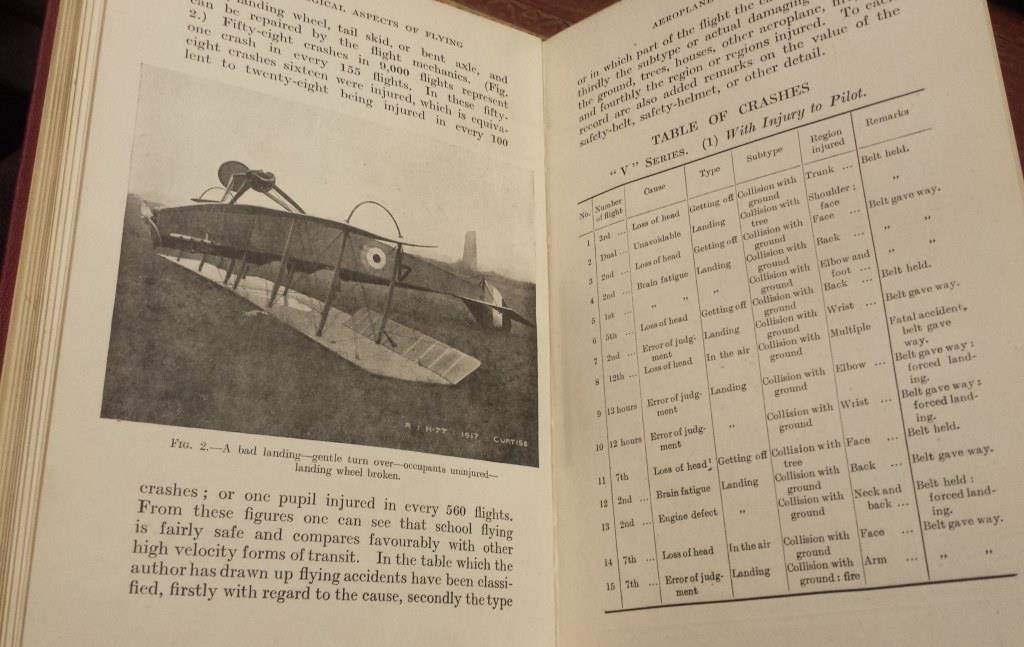
The first textbook on aviation medicine.
Henry Graeme Anderson wrote this textbook while he was surgeon at the Royal Air Force Central Hospital. He was one of the small number of air medical officers in the First World War who obtained a pilot certificate when this qualification wasn’t compulsory. He researched the physical fitness of airmen, the prevention and treatment of aerial accidents and the improvement of flying conditions. After the war he continued as surgical consultant in the RAF.
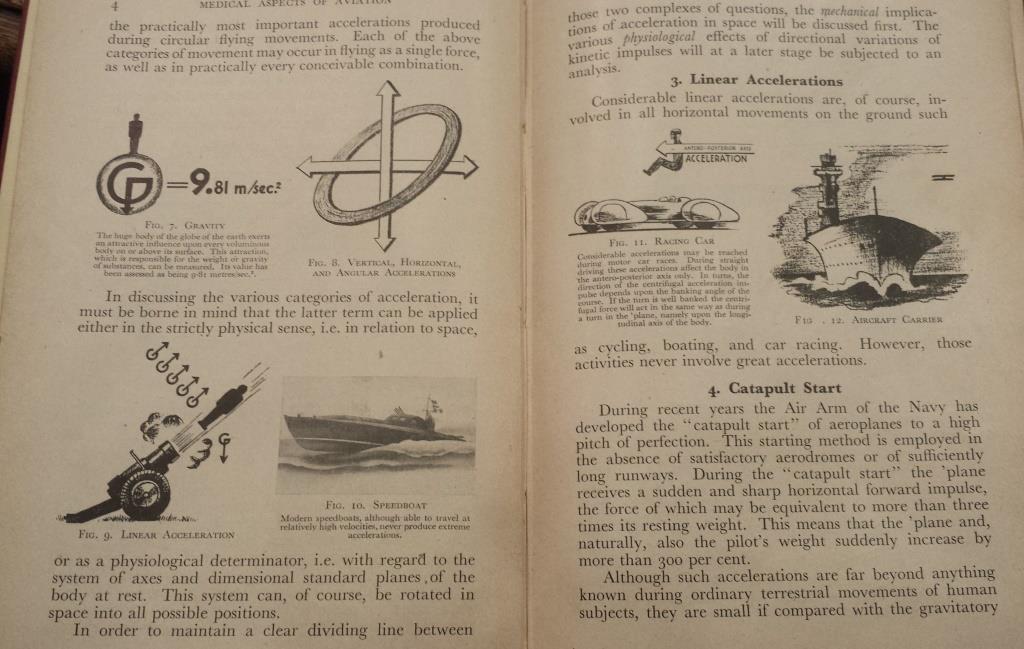
This popularly written book is devoted to the effects of speed and acceleration on aviators. It describes, with the help of many illustrations and diagrams, the physiological results of dive bombing, sharp turns and tight spirals. A few pages are devoted to crash injuries and the methods of preventing them in minor crashes.
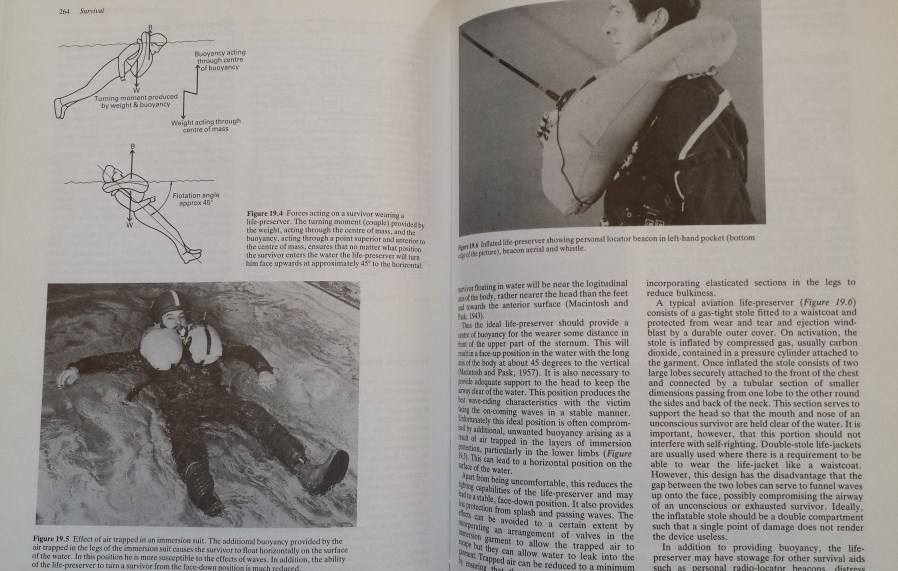
Wing Commander Maycock was one of the first two RAF medical officers who passed a full wartime pilot’s training. In this book he tells a story of the medical officers who worked in laboratories, in the field and in the air. He describes anoxia, fatigue and exposure they suffered and the courage they showed. When the book was published in 1957, it was recommended to “ all doctors who contemplate joining the RAF, in order that they may know, understand and appreciate what has been done by ‘some of the few’ who did so much for ‘the Immortal Few’ and those that followed”.
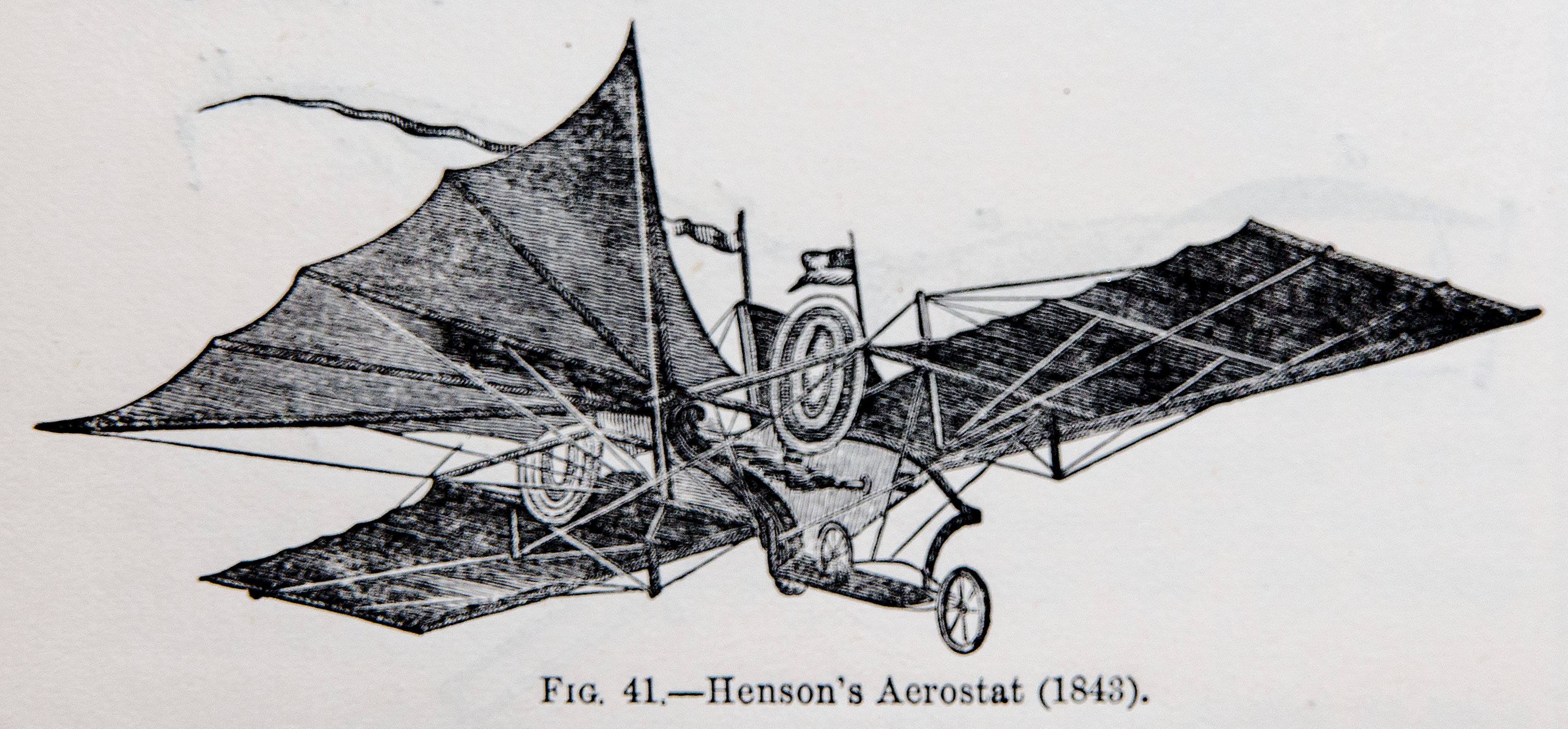
James Bell Pettigrew, comparative anatomist, conducted anatomical, physical and physiological researches on flight of animals.
He published his results in several papers and the Animal Locomotion: or Walking, Swimming and Flying with a Dissertation on aeronautics in 1873 .
Pettigrew was also interested in the subject of artificial flight and his piece in the Encyclopaedia Britannica includes illustrations of experimental nineteenth century ‘flying machines’ .
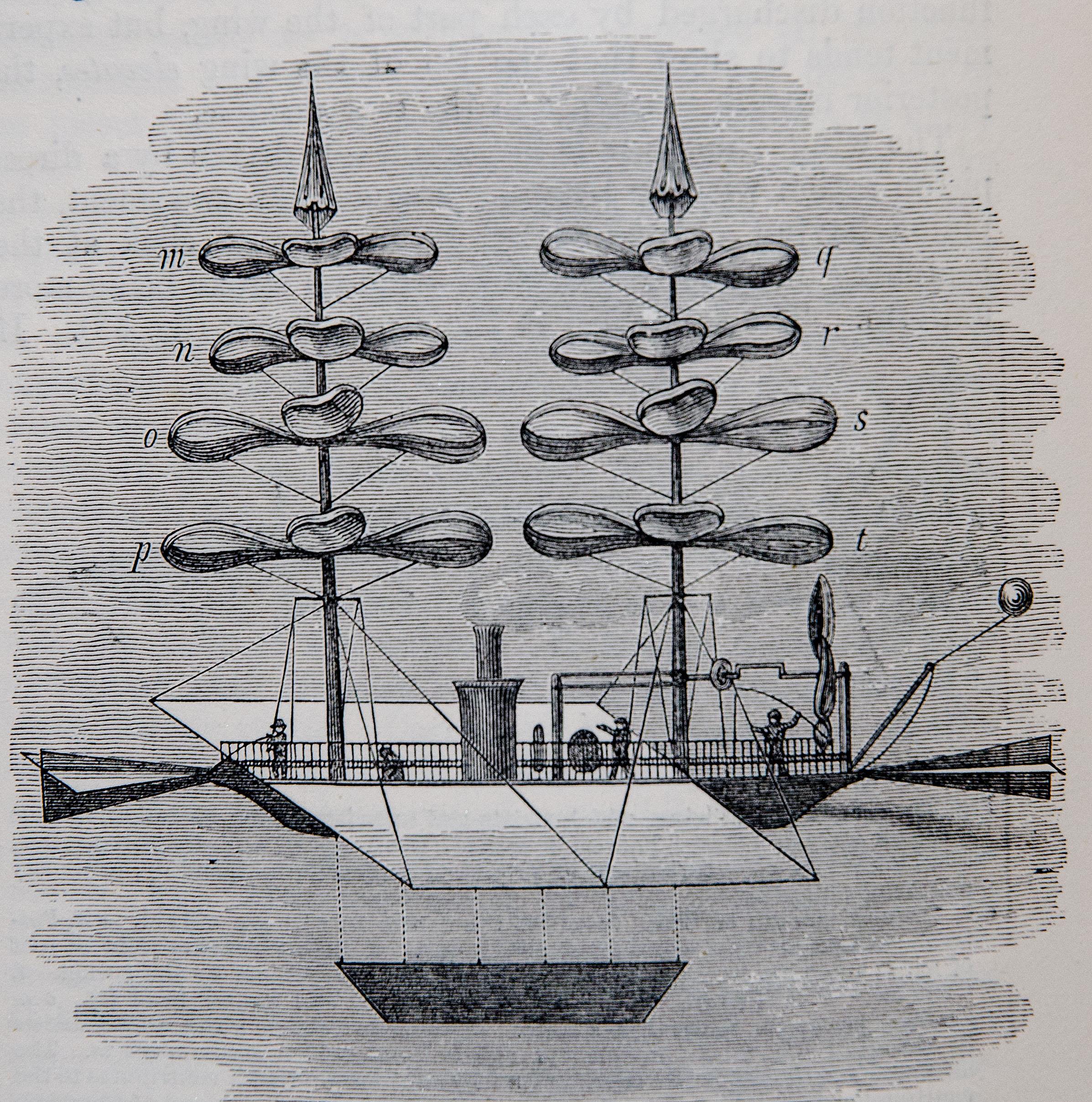
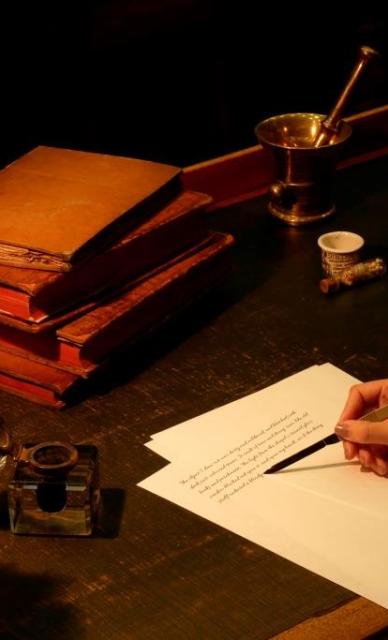
Updates on upcoming events, exhibitions and online stories